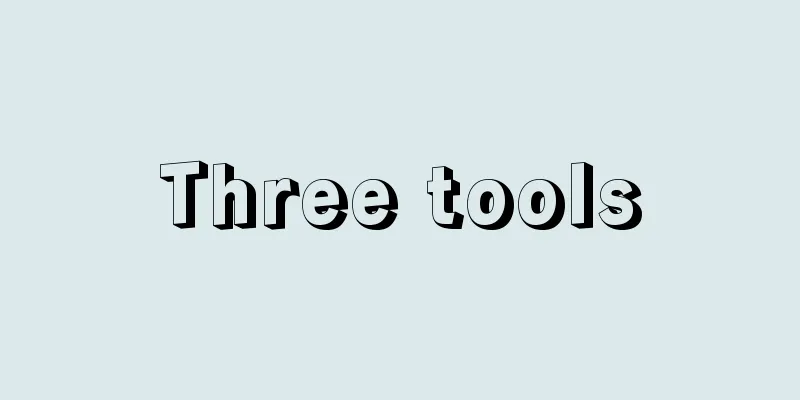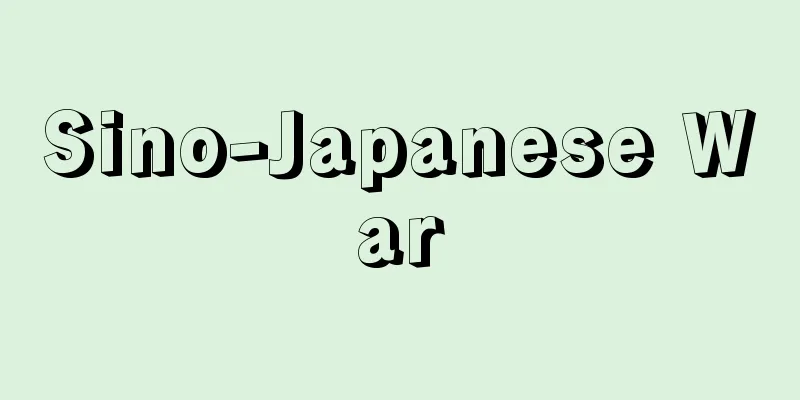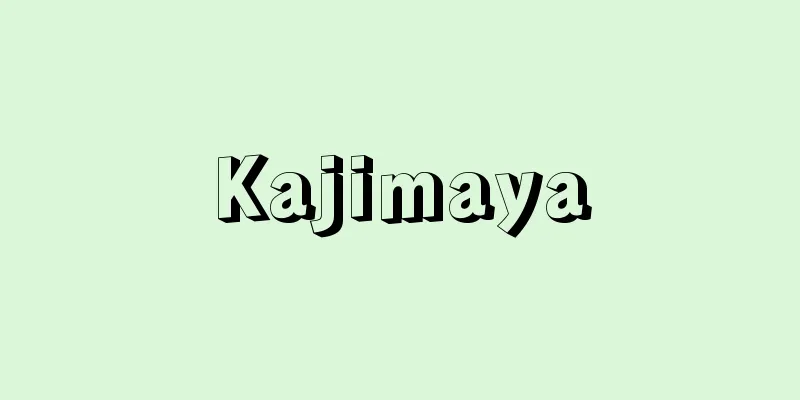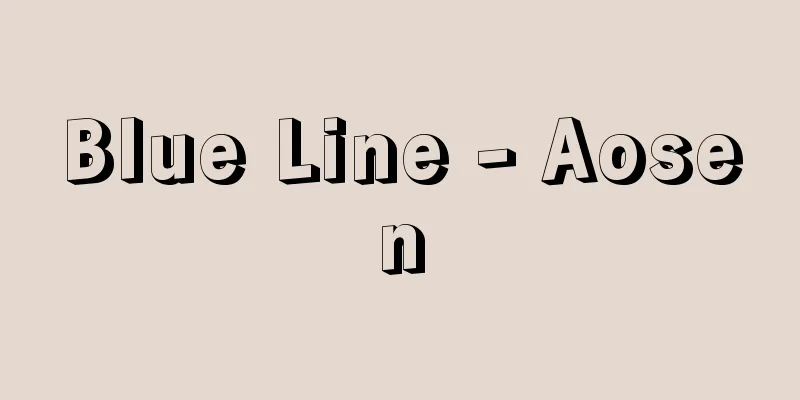Three tools

|
Three types of weapons used to arrest criminals in the Edo period (illustration). These are the sodegarami (sleeve bindings) (mojiri), the tsukubo (pointing stick), and the sasumata (forearm). All of these are long-handled tools used in police patrols, along with six-foot sticks and ladders, to subdue criminals who resisted violently. As symbols of police and criminal power, they were always kept on hand at checkpoints, checkpoints, and roadside stations, and were also included in the processions that preceded executions such as crucifixion and burning at the stake. Source: Heibonsha World Encyclopedia, 2nd Edition Information |
|
江戸時代における犯罪者逮捕のための3種の武器(図)。袖搦(そでがらみ)(錑(もじり)),突棒(つくぼう),刺股(さすまた)をいう。いずれも長柄の捕道具(とりどうぐ)で,激しく抵抗する犯人を取り押さえるのに,六尺棒,梯子(はしご)などとともに用いた。警察権,刑罰権を象徴するものとして,見付,関所や辻番所に常備され,また磔(はりつけ),火罪(火焙(ひあぶり))などの執行前にする引廻し(ひきまわし)の行列に連なった。
出典 株式会社平凡社世界大百科事典 第2版について 情報 |
Recommend
Historical School - rekishigaku is (English spelling) historische Schule German
The orthodox school of economics in Germany at th...
Vienna Convention
A treaty aimed at protecting human health and the...
Roman Law Code - Roman Law Code (English spelling)
In addition to the tribal codes that applied to th...
Osakikamijima
It is an island in the Geiyo Islands in the Seto ...
Service ability test - Ekiyou no uryoku kentei
...The test is conducted on the amount and qualit...
Elizabethan Poor Law
…These poor people were not the incompetent poor ...
Marius, the disciple of Epicurean philosophy
…Other critical works include “Essays on Critique...
Reserve - Tsumitatekin (English)
In accounting, this refers to the retained earnin...
External division point
…The figure formed by all the points of l that ar...
Refusal to eat
This refers to a refusal to eat, and is also know...
Nymphasea capensis (English spelling) Nymphaseacapensis
…Lotus [Motomi Ito]. … *Some of the terms that me...
Seihin Ikeda - Seihin Ikeda
Born: July 16, 1867 (Keio 3) in Yonezawa [Died] Oc...
preband
...Recent research on gorilla society has reveale...
Martens, C. (English spelling) Martens C
… [art] Painting began with documentary paintings...
Kretschmer, Ernst
Born: October 8, 1888 in Wüstenroth [Died] Februar...









